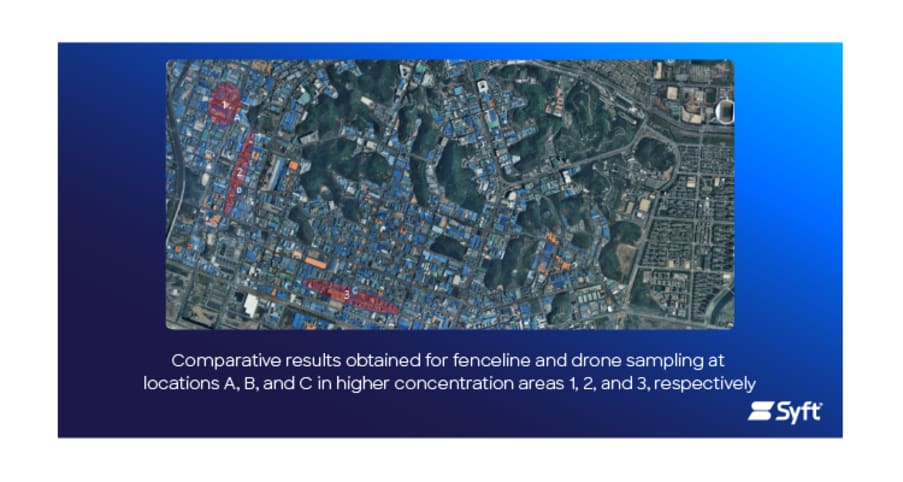
Abstract
Aroma compounds have diverse chemical functionalities, impart a wide range of favorable and unfavorable sensations to the human olfactory system, and have a wide range of sensory thresholds. Conventional analytical technologies (based, for example, on gas chromatography) lack the combined time resolution and comprehensiveness of analysis required to provide rapid feedback for product developers, quality managers, and process-line operations. Selected ion flow tube mass spectrometry (SIFT-MS) is a start-of- the-art, direct-analysis technology for rapid, high sensitivity, high specificity, and robust analysis of aroma compounds in air and headspace at trace concentrations. In its automated form, SIFT-MS is readily applied to diverse high-throughput food analysis applications, including objective sensory analysis, authentication, and ingredient screening.
The Significance of Volatile Compounds in Food and Their Analysis
Detection of volatile organic compounds (VOCs) is vitally important in the food and flavor industry for several reasons. For example, they can function individually as markers of food quality and freshness, and together as an overall volatile “fingerprint” that can enable determination of product origin or differentiate between commercial products, for example. Furthermore, these VOCs can play a major part in aroma sensory experience.
Analysis of aroma compounds in both quality assurance and new product development applications benefits significantly from analysis of larger sample numbers to support effective decision making. However, traditional analytical technologies used for VOC analysis – most notably gas chromatography-mass spectrometry (GC-MS) – are poorly equipped to address these needs. Factors that preclude high-throughput and real-time analysis using GC-MS include:
- Chromatographic separation involves separating analytes in time, leading to extended analysis times.
- Chromatographic columns are discriminatory, so these approaches cannot provide a complete analysis of chemically diverse aroma compounds in the sample, which is especially important for sensory applications.
- Achieving low detection limits (part-per-billion-by-volume (ppbV) and below) that are typical for the human olfactory system usually requires preconcentration.
- Removal of moisture prior to analysis.





